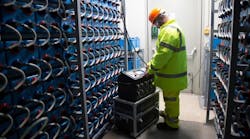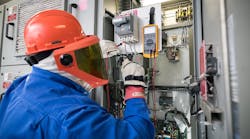On what basis do you make decisions about purchasing test equipment? Is it being able to do what you already do, just maybe better? This is often the typical approach.
In a maintenance department, for example, you have existing procedures. Let’s look at motor maintenance. Your procedures call for insulation resistance (IR) testing and the measuring of branch circuit voltage on each phase. So you look at your existing IR testers and existing DMMs and decide a few upgrades would help with the efficiency of doing that testing.
Have you really done a good job of test equipment evaluation? Suppose you go into your repair logs and look at motor failure causes over the past two years. Here’s what you find:
• Fourteen motors had bearing failure. Three of those were in critical applications. If you had an ultrasonic instrument, you could have heard this train coming down the track. A vibration tester or three also would be helpful.
• Those fourteen motors were replaced. Two of those motors were started while connected to the load, but destroyed production equipment because they turned in the wrong direction. Installing motors without a rotation tester—how did that work out again?
• Five motors experienced insulation failure caused by excess heat. Now, if you had an infrared camera to check motor temperatures you also could find and replace the bad connections that contribute to the chronic voltage imbalance that is causing excess heat.
• A critical motor had condensation damage internally. If you’d had a videoscope, you literally could have seen this coming.
None of your maintenance procedures include these tests. Considering only your existing maintenance procedures is clearly a mistake. Instead, you want to look at the actual causes of failure and then update your maintenance procedures so you can detect and correct the problems using the appropriate test equipment.



